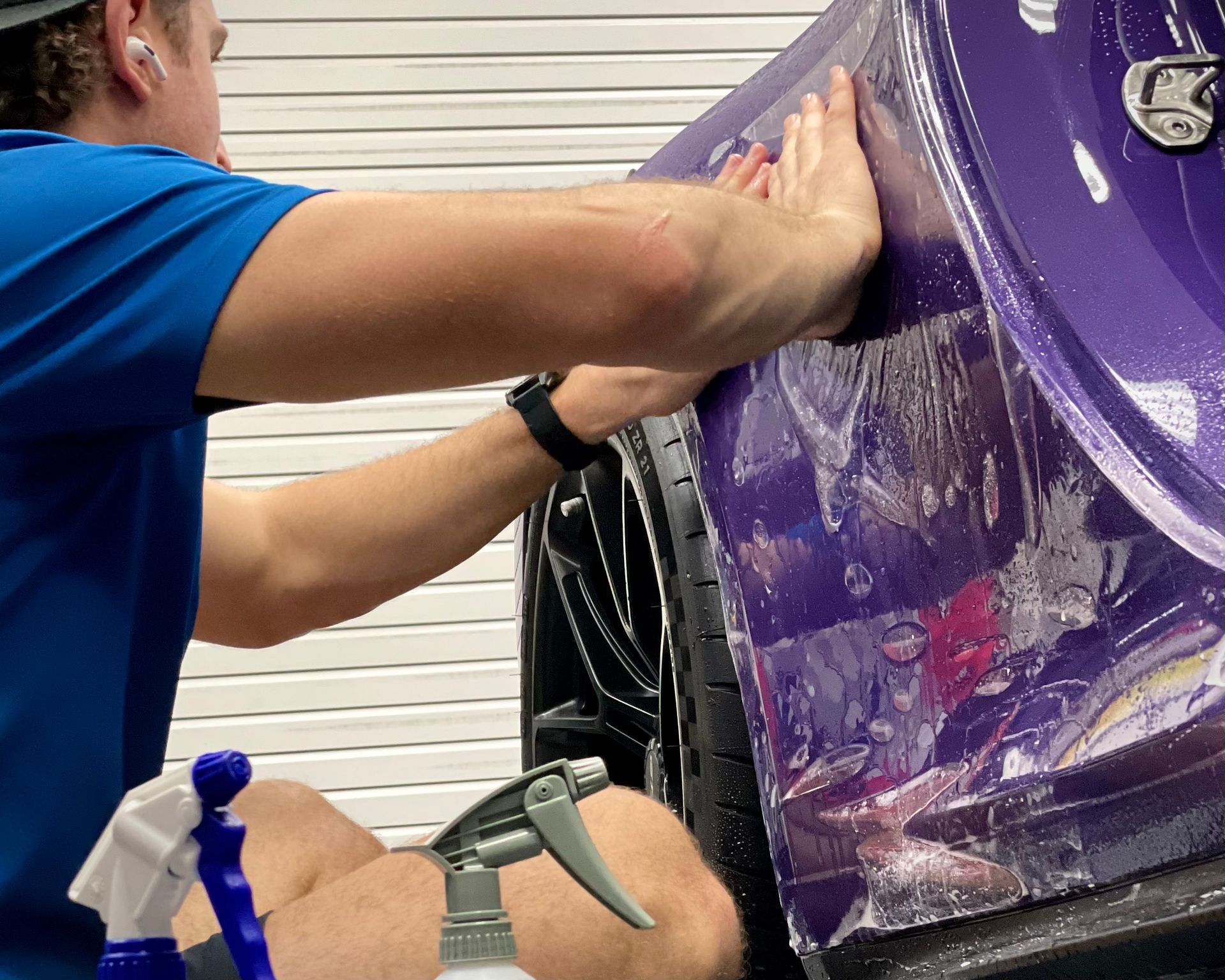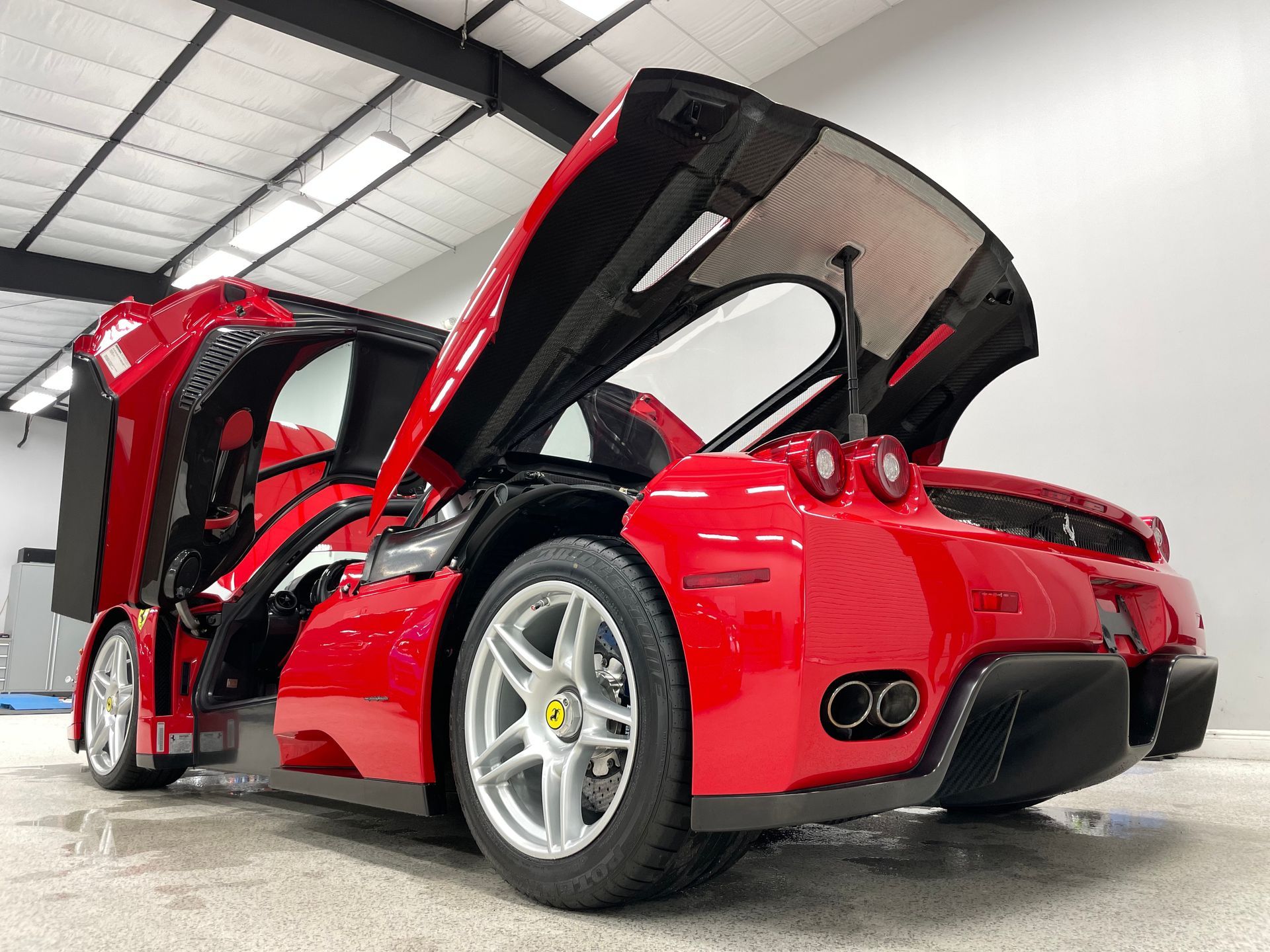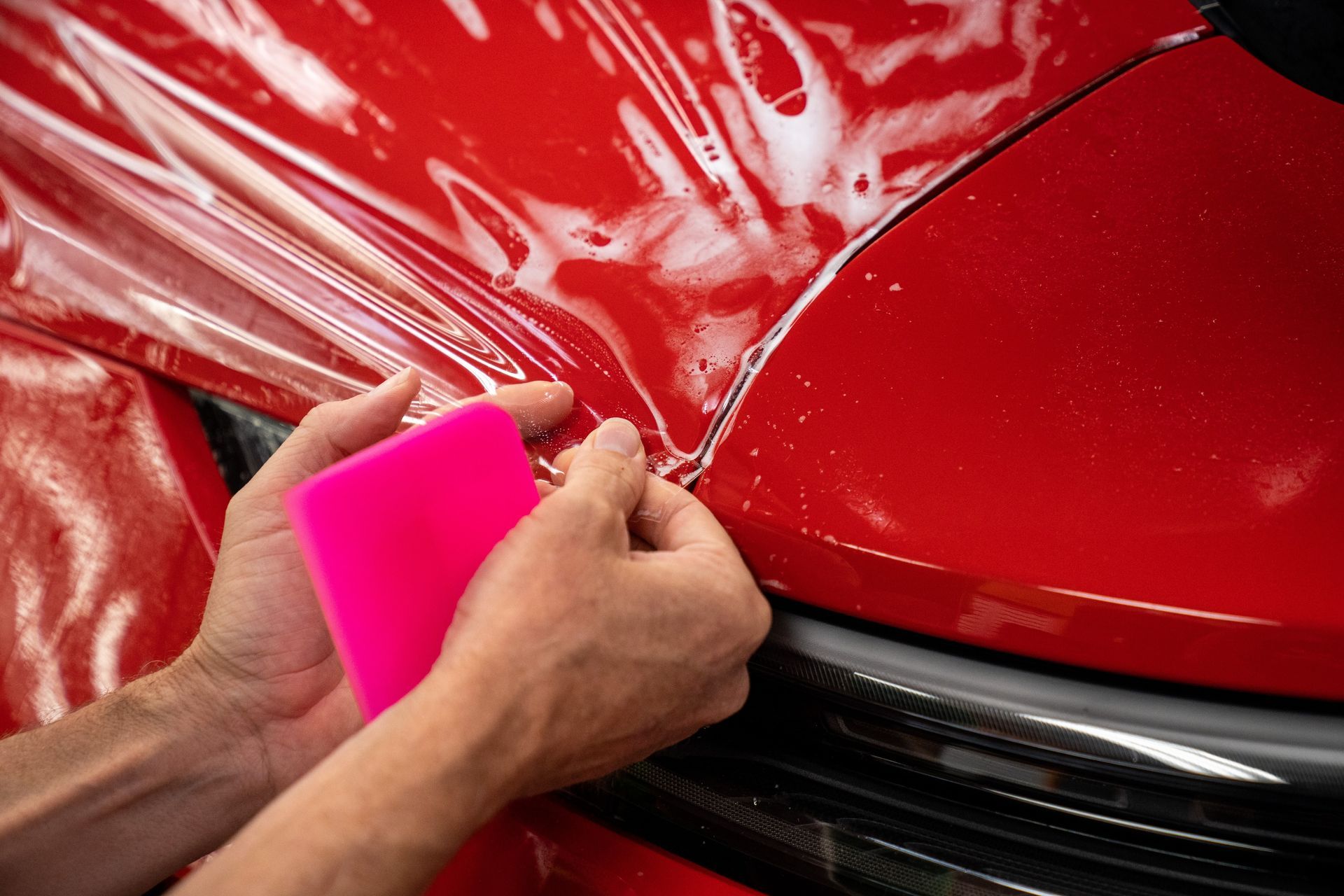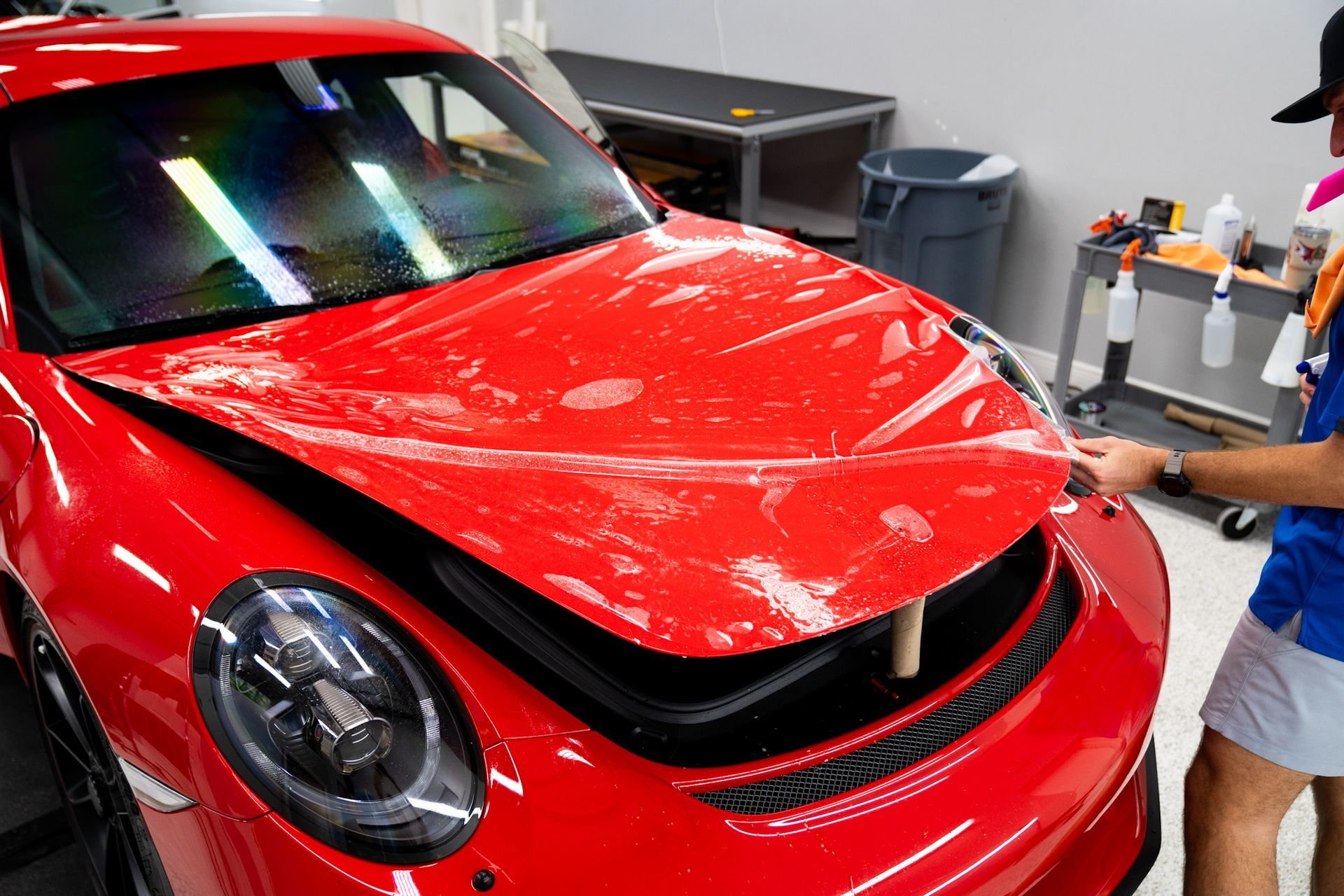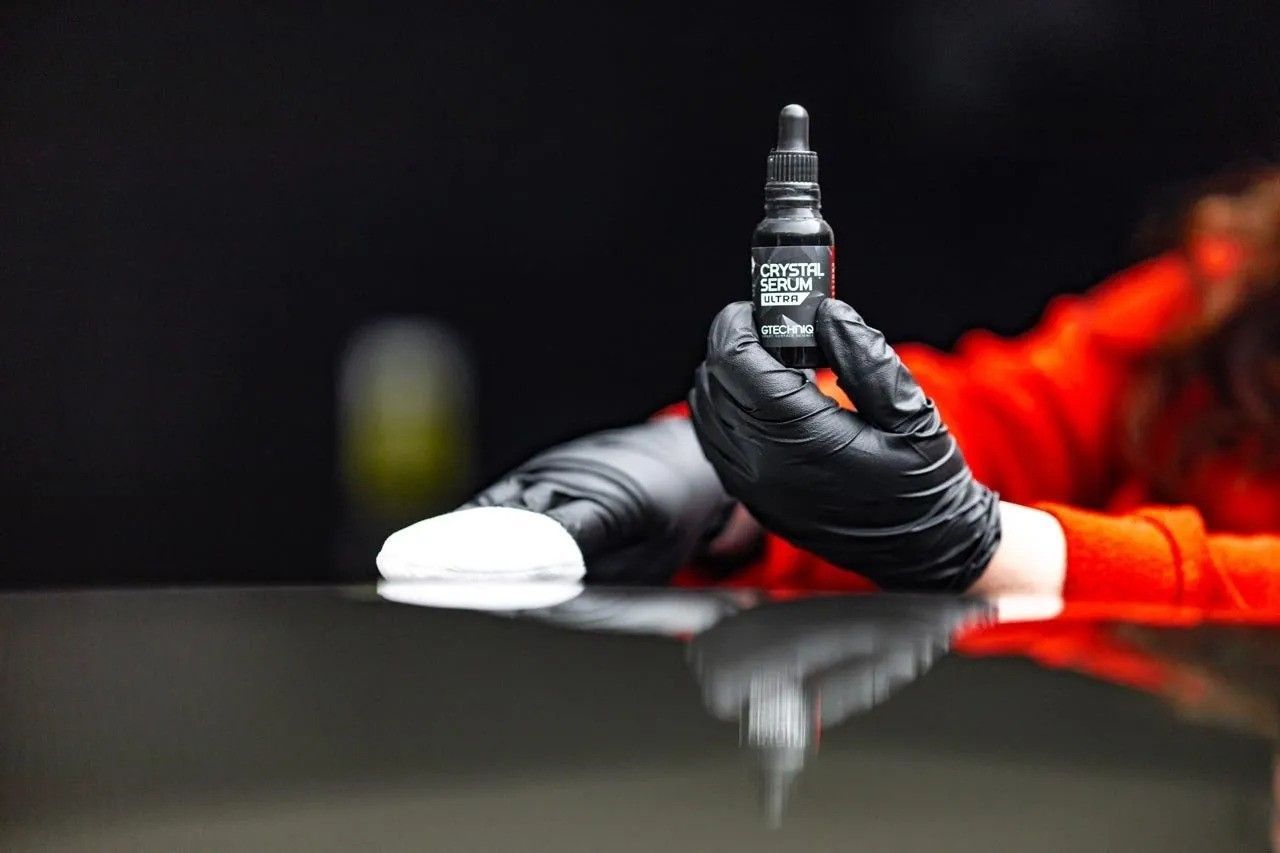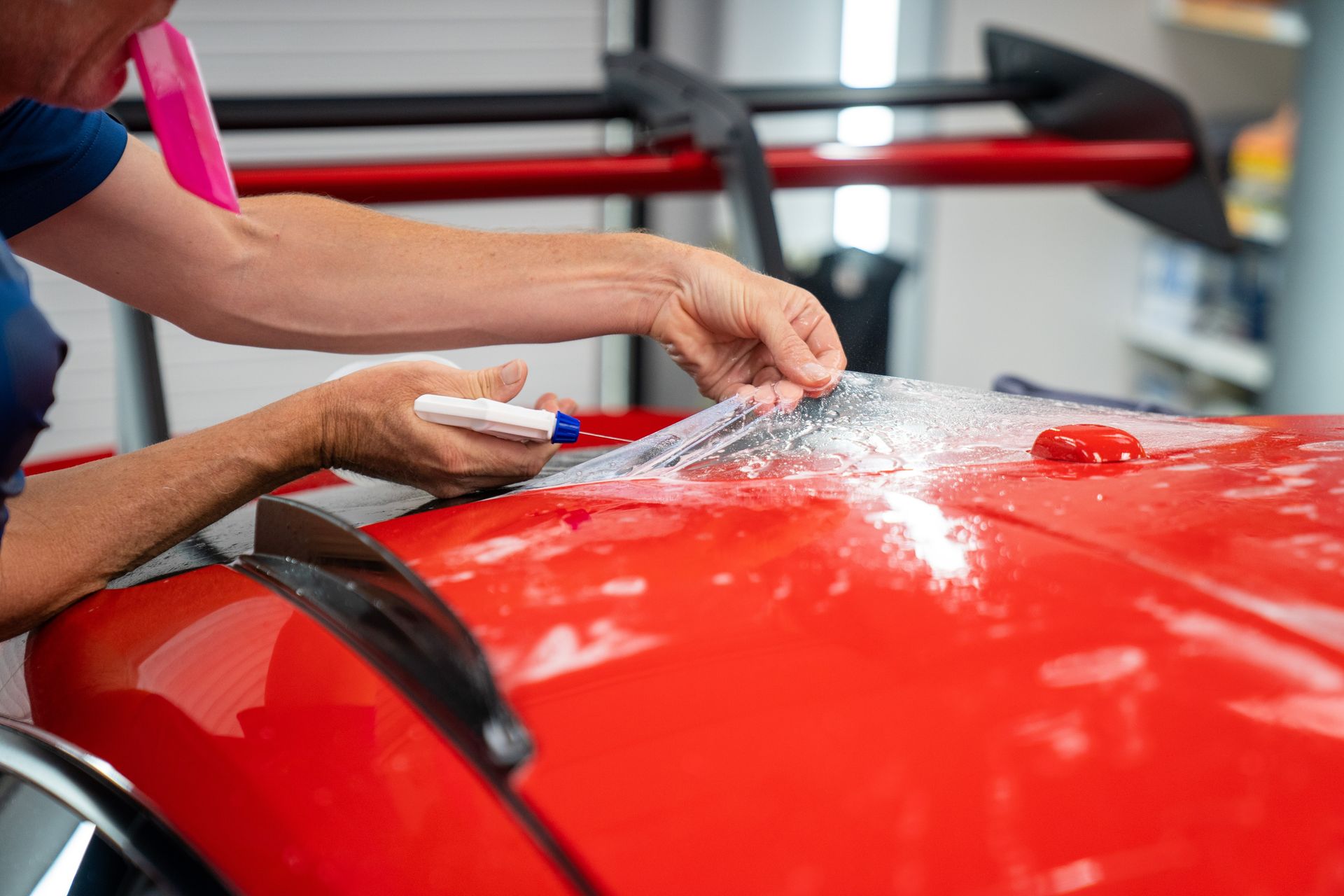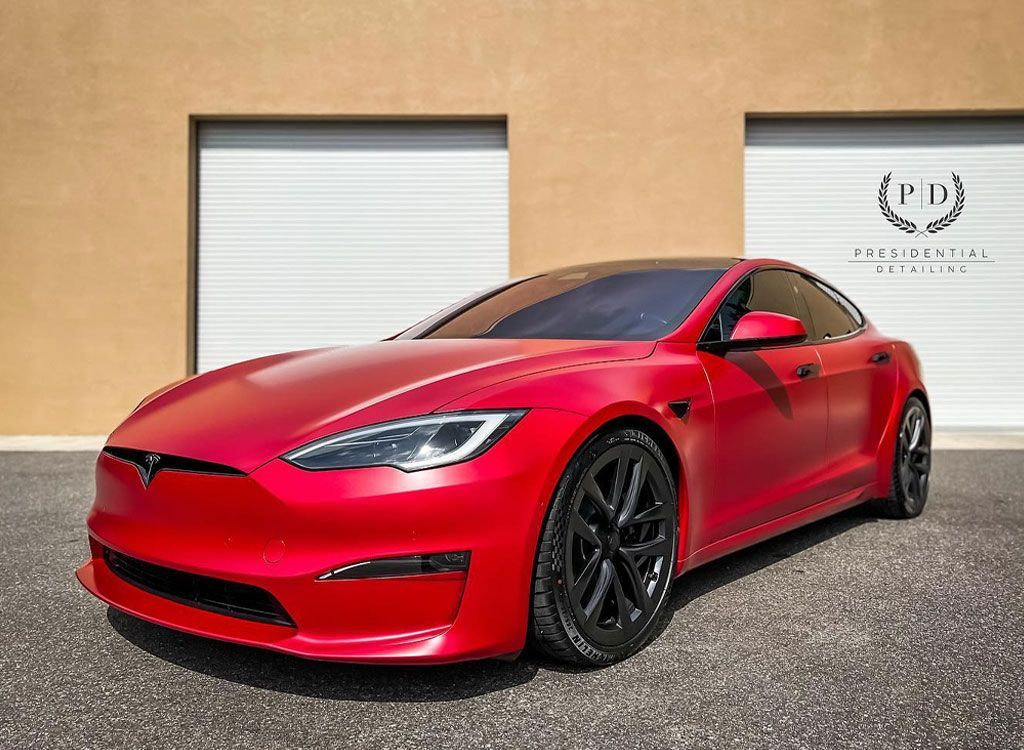Tampa Car Owner's Guide: The Benefits of Ceramic Coating and Is It Worth the Investment?
CALL (813) 723-9679
GET A FREE ESTIMATEAre you a Tampa car owner wondering why your vehicle's sparkle fades sooner than you'd like? Ever asked if there could be some high-tech armor to shield your precious investment from Florida’s testing weather conditions? The answer might be simpler than you think: ceramic coating. This wonder elixir has been creating ripples in the auto-care industry but is it worth the investment?
Ceramic coating offers several benefits, like enhanced protection against UV rays, oxidation, and chemical damage, as well as providing a long-lasting glossy finish. In Tampa's humid climate, where the sun can be harsh and salt air can lead to corrosion, ceramic coating can significantly extend the lifespan and maintain the aesthetic appeal of your vehicle. We highly recommend it to all car owners in Tampa.
What is ceramic coating?
A ceramic coating is a protective layer applied to the exterior of a car to enhance its appearance and protect it from various environmental elements. This advanced coating contains ceramic nanoparticles that bond with the surface of the vehicle, creating a durable shield that can withstand harsh weather conditions, UV rays, stains, and other environmental contaminants. Unlike traditional waxes or sealants, ceramic coatings provide long-lasting protection without the need for frequent reapplication.
Applying a ceramic coating involves a meticulous process. The car's exterior needs to be thoroughly cleaned and decontaminated before the coating is applied. This ensures that there are no dirt particles or impurities on the surface that could hinder the bonding process. Once prepared, the ceramic coating is carefully applied in multiple layers using specialized tools and techniques. Each layer is given sufficient time to cure before the next one is added. The result is a glossy and hydrophobic finish that enhances the overall aesthetic appeal of the car.
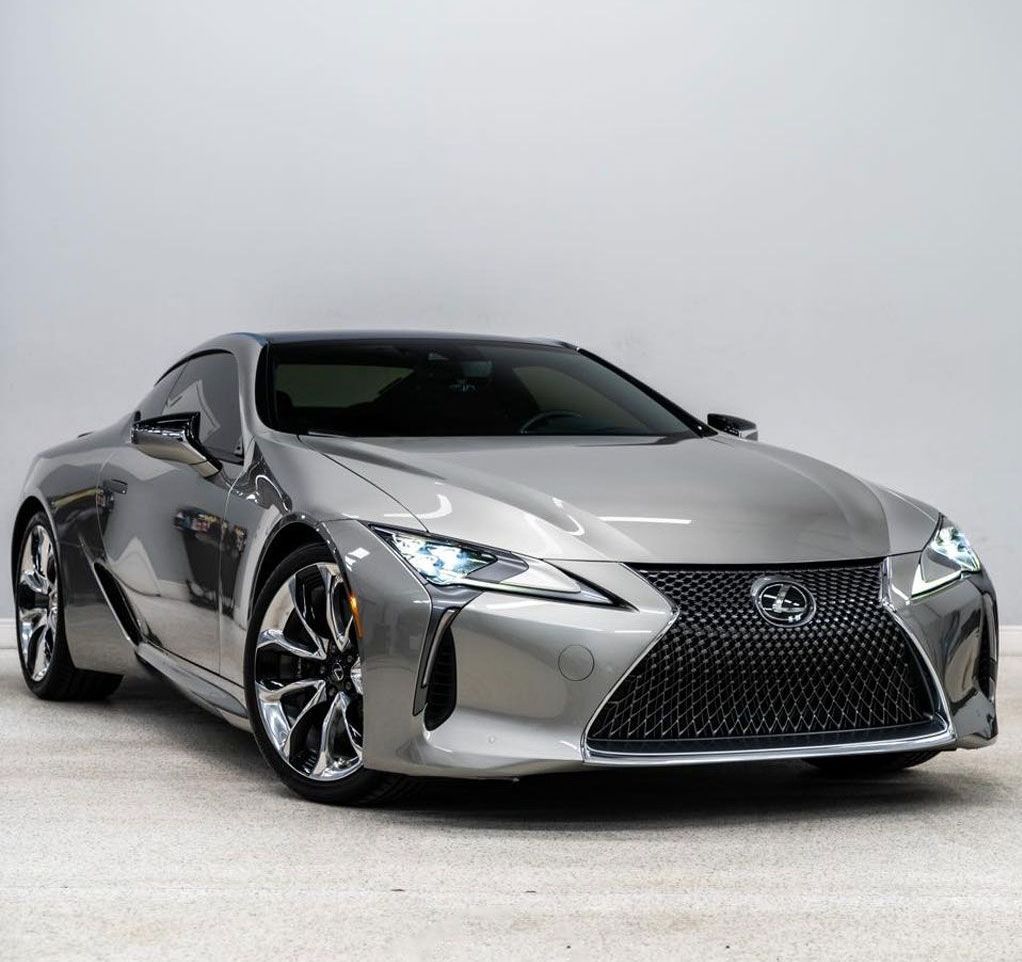
Benefits of Ceramic Coating
Now that we understand what ceramic coating is, let's explore some of its key benefits:
Enhanced Durability and Low Maintenance
When it comes to protecting your car's exterior, ceramic coating provides both enhanced durability and low-maintenance benefits. Unlike traditional sealants or waxes that wear off over time, a ceramic coating forms a strong bond with the paint surface, creating a layer of protection that can resist various external factors and last for years. The low-maintenance aspect of ceramic coatings is a significant advantage for car owners. Once applied, the hydrophobic nature of the coating acts as a water and dirt repellent. This means that dust, grime, and other pollutants are less likely to adhere to the surface, making it easier to clean your car. In many cases, a simple rinse can remove most of the loose dirt, leaving your vehicle looking shiny and fresh.
Increased Resistance to Environmental Damage
As a car owner in Tampa, you're likely familiar with the effects of intense sunlight and humidity on your vehicle's exterior. One of the notable advantages of ceramic coating is its ability to provide increased resistance to environmental damage. The high temperature tolerance of ceramic coatings allows them to withstand prolonged exposure to sunlight without cracking or fading. By acting as a barrier against harmful UV rays, the coating helps prevent paint oxidation, which can cause color to fade over time.
Moreover, ceramic coatings offer excellent resistance against water spots and stains caused by acidic substances. With this added protection, you can feel more at ease parking under trees or near construction sites where your car may be exposed to tree sap, bird droppings, or chemicals. In addition to sunlight and liquids, ceramic coatings also provide a defense against environmental contaminants such as salt, dust, and dirt. These elements can eat away at your car's paint finish over time, but with a ceramic coating in place, the contaminants are less likely to bond to the surface, reducing the risk of damage.
Value for Money: Ceramic Coating Investment
Investing in a ceramic coating for your car may seem like a significant expense at first. However, when considering the long-term benefits and value it provides, it becomes clear that it is a worthwhile investment. Ceramic coating offers an additional layer of protection to your vehicle's exterior, shielding it from environmental contaminants, UV rays, and other harmful elements. This protective barrier helps maintain the pristine condition of your car, reducing the need for frequent washing and detailing. With reduced maintenance requirements and enhanced durability, ceramic coating can save you both time and money in the long run.
Without a ceramic coating, your car's paint is more susceptible to oxidation and fading caused by environmental contaminants and everyday wear and tear. Over time, this can result in costly repairs or even diminish the overall value of your vehicle. Applying a ceramic coating acts as an effective safeguard against these issues, preserving the appearance and condition of your car for years to come.
Long-Term Savings
One of the significant advantages of ceramic coating is its potential for long-term savings. By investing in this protective measure, you can mitigate potential damage to your car's exterior finish. The durable coating forms a hydrophobic layer that repels water, dirt, and debris. This means that dust and grime are less likely to adhere to the surface of your vehicle, making cleaning effortless and reducing the frequency of professional detailing services.
With a ceramic coating applied to your car's paintwork, contaminants such as road salt or bird droppings have a harder time causing serious damage. As a result, you can avoid costly repairs and repainting expenses that would otherwise be necessary if the coating wasn't present. By maintaining the original shine and color of your vehicle through ceramic coating, you may also fetch a higher resale value when you decide to sell or trade-in your car. Potential buyers are likely to be attracted to a well-maintained vehicle that boasts exceptional paint quality, enhancing its market appeal.
Reflecting on Car Valuation: Impact of Ceramic Coating
When it comes to car ownership, the value of our vehicles is always a significant consideration. Whether we plan to keep a vehicle for many years or eventually sell or trade it in, maintaining its value is crucial. This is where ceramic coating comes into play and can have a notable impact on the valuation of our cars. Ceramic coating, a popular protective treatment for automobiles, acts as a shield against various external elements that can harm your vehicle's paintwork. Factors such as UV rays, oxidation, bird droppings, tree sap, and even dirt and dust can take a toll on your car's exterior over time. By applying a ceramic coating that forms a durable layer on top of the paintwork, you create an additional barrier of protection. Not only does ceramic coating protect the paint, but it also enhances its appearance by adding a glossy finish and increasing its depth and clarity. This showroom-like shine can make your car look brand new, even after several years of use. When you decide to sell or trade in your vehicle in the future, this added aesthetic appeal can contribute positively to its valuation.
But does this mean ceramic coating is worth the investment? Like any decision involving car care and maintenance, it depends on various factors. It's worth noting that while ceramic coating provides excellent protection against many external factors, it is not impervious to all damage. It can still be susceptible to scratches from sharp objects or improper care and maintenance. In some cases, repairing or removing the coating may require professional assistance. Considering these factors becomes crucial when evaluating the overall impact on car valuation. Additionally, consider factors such as the type and age of your vehicle, your future plans for ownership, and your budget considerations. Ultimately, thorough research and careful consideration should guide your decision on whether ceramic coating is worth it for you and your car.
Trusted Ceramic Coating Service in Tampa, FL
Presidential Automotive Detailing stands as the unrivaled choice for trusted ceramic coating services in Tampa, FL. Elevate your vehicle's protection with our premium ceramic coatings, meticulously applied by our expert team. Experience the pinnacle of automotive care, where precision meets durability. Our commitment to excellence ensures that your vehicle not only shines with lasting brilliance but is also shielded against the elements. Trust Presidential Automotive Detailing to redefine your expectations for ceramic coating. Schedule your appointment with us now for the finest in automotive protection and aesthetic enhancement!

